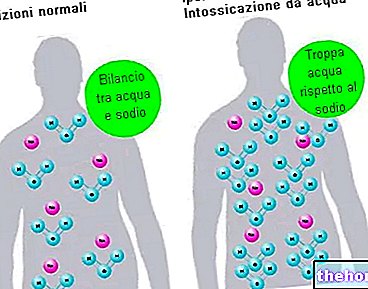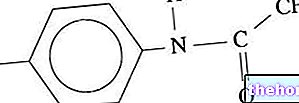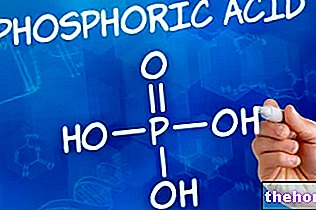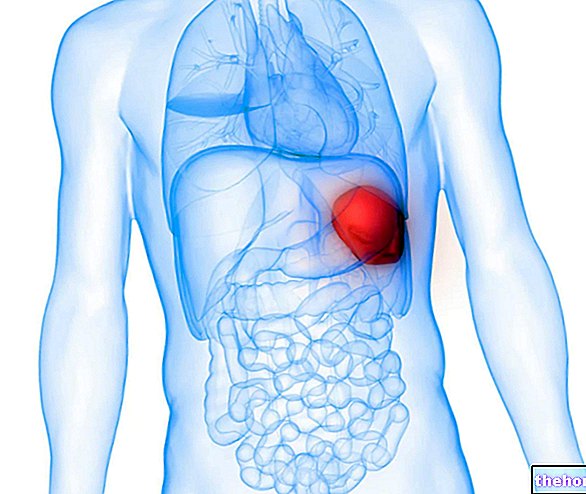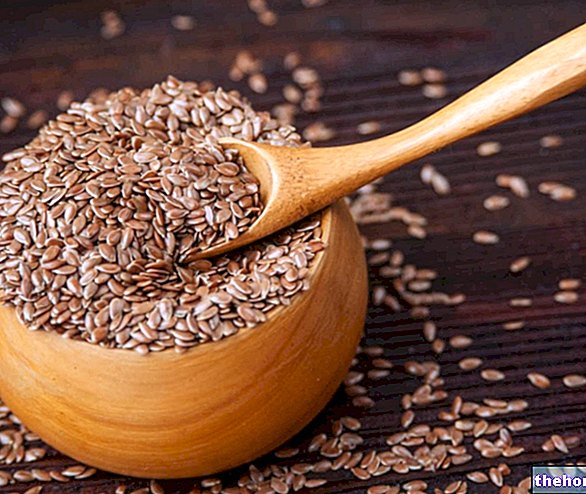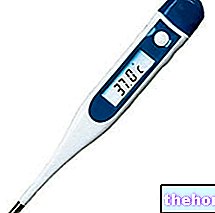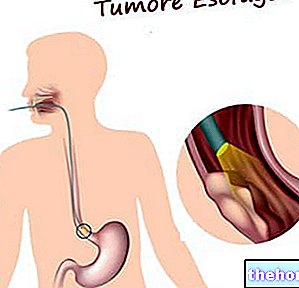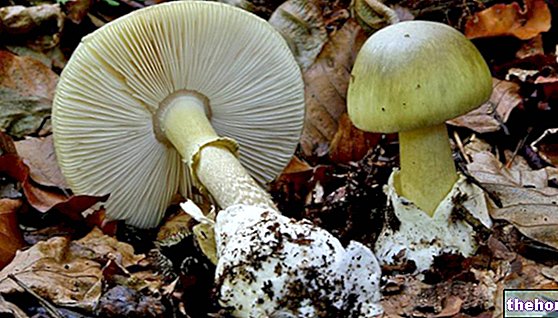Fortunately, these toxins are not part of our seas, but they give rise to intoxications in other countries that make extensive use of raw fish, algae and shellfish. Marine toxins are produced by single-celled algae (dinoflagellates), which represent the primary food source for fish, molluscs and crustaceans. Exposure to these marine toxins occurs through the food chain or through direct contact.
Marine toxins can be classified in different ways; the one we are going to analyze is developed on the basis of the pathology caused.
There are four pathologies to which marine toxins can give rise:
- PARALYTIC: they generate a tingling in the tongue and lips. Their mechanism of action consists in a blockage of the voltage gated sodium channels (the channels remain open).
- DIARROIC: diarrheal intoxication is not lethal; the mechanism of action consists in the inhibition of protein phosphatases and in the stimulatory effect sula phosphorylation of the proteins that control the secretion of sodium in the intestine. The duration of this intoxication varies from a few hours to a few days.
- AMNESICS: the dangerousness of these toxins consists in an "action at the level of the nervous system. At this level, the toxins act as agonists for glutamate receptors. The targets most affected by these toxins are the" hippocampus and "amygdala. The" effect caused is that of short or long-term amnesia, coma and convulsions.
- NEUROTOXIC: these toxins favor the opening of the sodium ion channels, keeping the membranes of the nerve cells in a state of hyperexcitability. They are not lethal to humans.
Among the marine toxins it is very important to mention the puffer fish toxin, which is TETRODOTOXIN (TTX).

Finally we remember the CIGUATOSSINS, which cause the ciguaterica syndrome which has the characteristic of not allowing the temperature to be perceived exactly; they also produce serious effects on the intestinal system, with nausea, vomiting, diarrhea and severe abdominal pain. They too are characterized by a mechanism of action that favors the opening of the sodium ion channels.
More articles on "Marine toxins, toxins in fish, algae and shellfish"
- Mycotoxin poisoning
- Toxicity and toxicology
- Pharmacovigilance

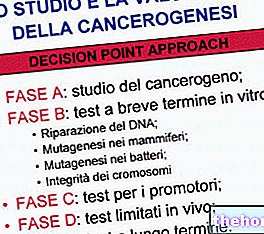
-cos-dove-si-trova-e-tossicit.jpg)

